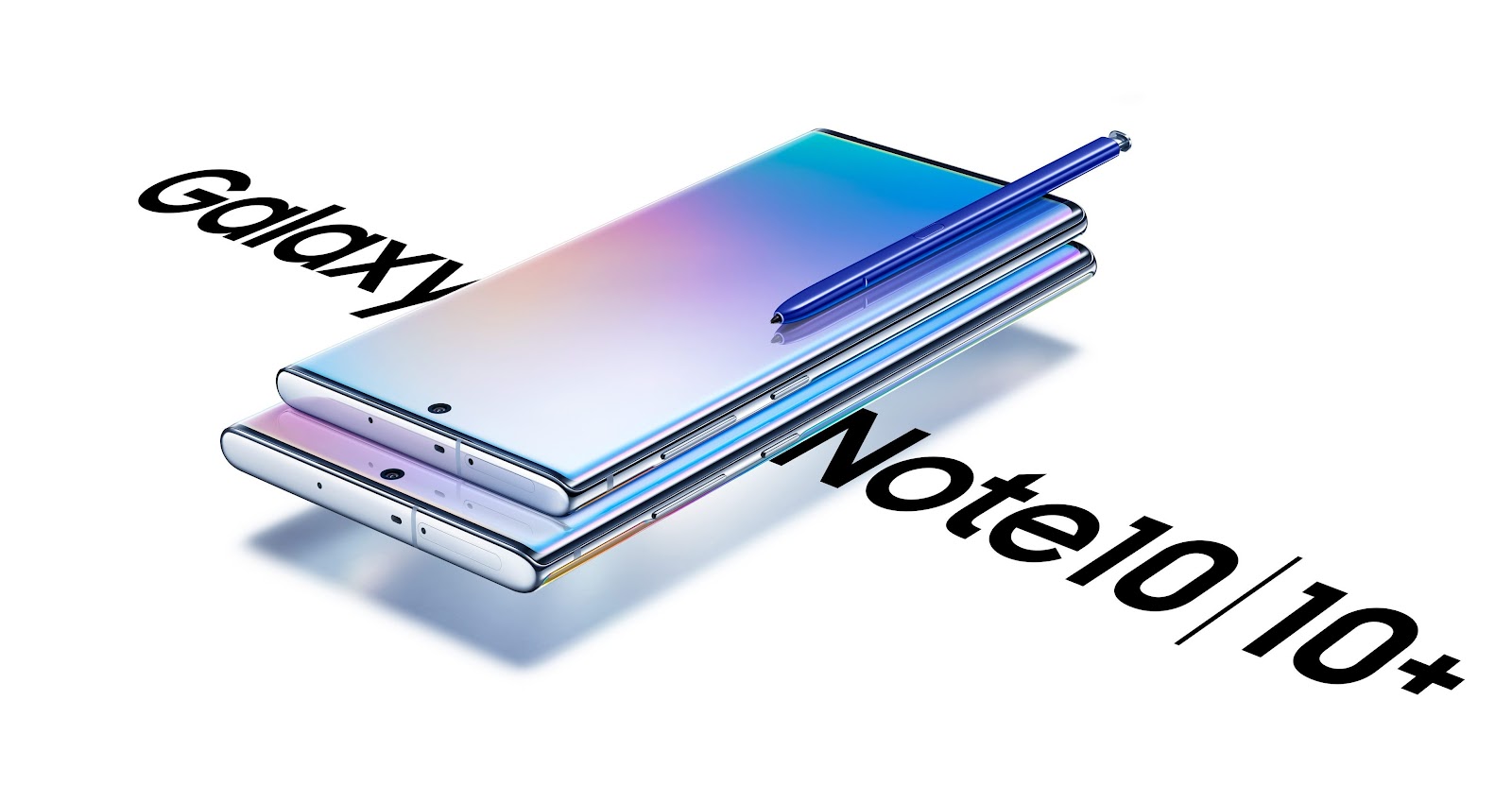Specifications of the Cancelled Samsung Galaxy S21 LTE Model
Introduction:
The Samsung Galaxy S21 LTE model, although cancelled prior to its official announcement, showcased impressive preliminary specifications that could have positioned it as a notable contender in the smartphone market. This article delves into the expected features of the device, encompassing its network capabilities, design, display, performance, camera setup, connectivity options, and more.
Network and Connectivity:
The Galaxy S21 LTE model was poised to offer extensive network compatibility, including GSM, CDMA, HSPA, EVDO, and LTE technologies. Its support for various bands and network standards would have ensured seamless global connectivity, allowing users to stay connected wherever they go. NFC and Bluetooth 5.0 further bolstered the device's connectivity options.
Design and Build:
The device's design, as per preliminary information, combined durability and elegance. The phone was slated to feature a glass front with Gorilla Glass Victus, a plastic back, and an aluminum frame. These design choices not only contributed to a premium look but also indicated a sturdy build. Additionally, the inclusion of IP68 dust and water resistance underscored the device's potential to withstand everyday challenges.
Display:
At the forefront of the Galaxy S21 LTE's anticipated features was its display. Sporting a Dynamic AMOLED 2X panel with a 120Hz refresh rate and HDR10+ support, users could have expected stunning visuals with smooth motion and vibrant colors. The peak brightness of 1300 nits ensured readability even in bright sunlight. With minimal bezels and a 6.2-inch size, the device promised an immersive visual experience.
Performance:
Under the hood, the Galaxy S21 LTE was anticipated to offer top-tier performance. Depending on the region, the device would have been equipped with either the Exynos 2100 or Qualcomm Snapdragon 888 5G chipset, both built on the 5nm process. This would have ensured seamless multitasking, efficient power consumption, and robust 5G connectivity capabilities.
Camera System:
The device's camera setup was another focal point. The triple-camera array on the rear comprised a 12MP wide lens with Dual Pixel PDAF and OIS, a 64MP telephoto lens with optical zoom, and a 12MP ultrawide lens for versatile photography. The inclusion of features like Super Steady video and 8K recording highlighted the device's potential to cater to both photography enthusiasts and content creators.
Battery and Charging:
The Samsung Galaxy S21 LTE was slated to come with a non-removable 4000mAh Li-Ion battery. The charging capabilities were noteworthy, with support for 25W wired charging and 15W wireless charging using Qi/PMA standards. The device also offered 4.5W reverse wireless charging, enabling users to charge other compatible devices on the go.
Software and Features:
Running on Android 11 with Samsung's One UI 3.1 overlay, the software experience was expected to be polished and user-friendly. Additional features such as Samsung DeX for a desktop-like experience, Bixby for voice commands, and Samsung Pay certification underscored the device's commitment to offering a comprehensive and convenient user experience.
Conclusion:
While the Samsung Galaxy S21 LTE model was ultimately cancelled, the preliminary specifications showcased the device's potential to be a powerful and versatile smartphone.
With its robust network compatibility, stunning display, impressive camera capabilities, and advanced performance, the Galaxy S21 LTE could have been a noteworthy addition to Samsung's lineup. Although the model's cancellation is regrettable, it's worth acknowledging the innovation and features that were in the pipeline for this device.


